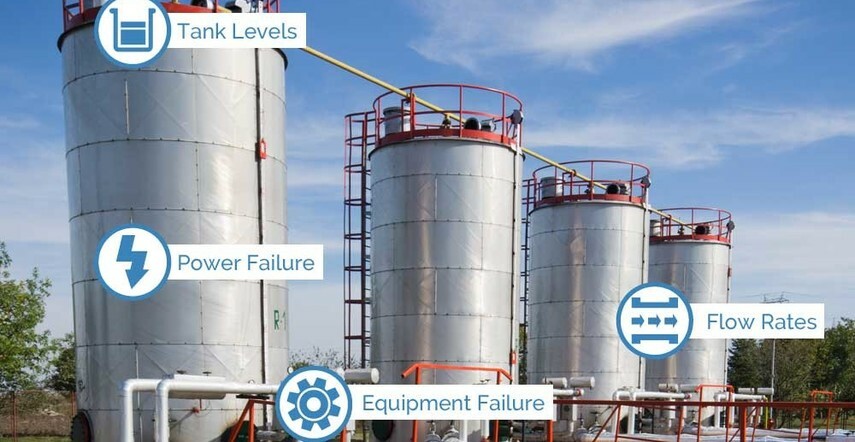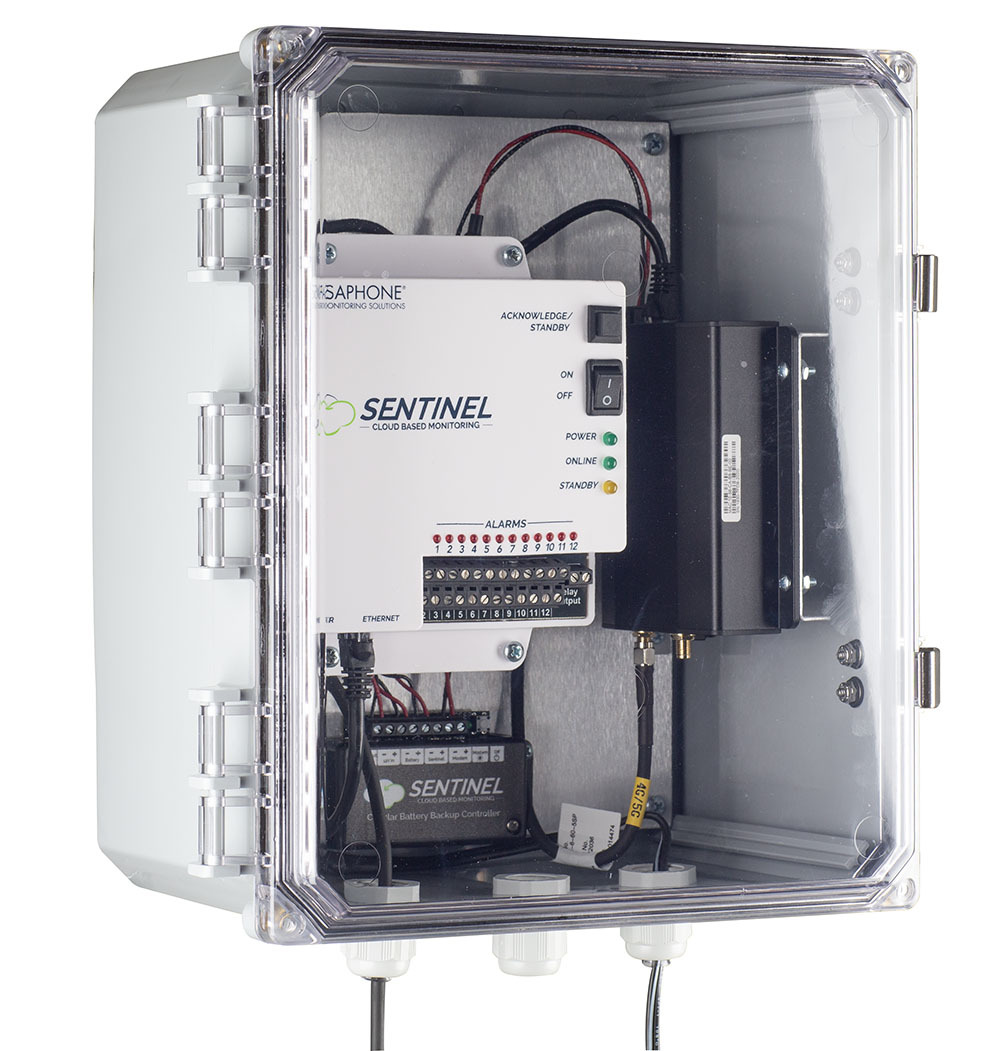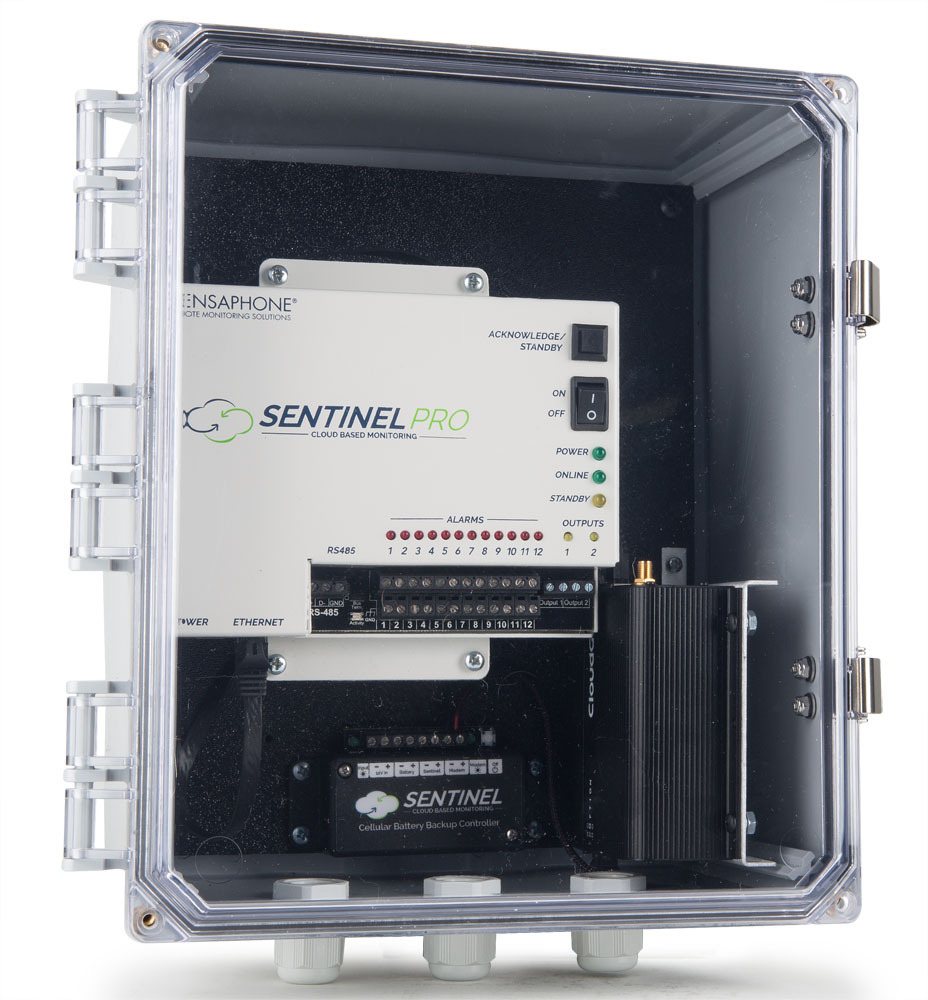
With oil and gas monitoring systems, get notified instantly about equipment issues that can shut down your wells
Many oil and gas companies have had to downsize their field operations. So it takes them a lot longer to find out about environmental issues like these at remote wells and production sites:
- Compressor off
- Power failure
- High tank level
- Pump failure
- Low water pressure
Monitor critical systems 24/7
Remote oil and gas monitoring systems offer a low-cost solution for monitoring facilities 24/7. You get an extra layer of protection for your wells and equipment. When there’s any kind of equipment failure, you’ll be notified instantly via voice phone calls, emails or text messages. Remotely monitor environmental data points including:
- Temperature
- Pressure
- Flow rate
- Tank level
- Voltage
- Amperage
- Motor torque
Gone are the days of carrying tally books to track well data. You can view the status of multiple locations, access trending reports, check specific equipment status and review alarm history through Sensaphone’s website or iPhone/Android app. Monthly plans start as low as $6.95.
Callout devices for PLC alarms
Sensaphone systems can be used in many oil and gas pump monitoring applications. Stations that are equipped with a PLC can use a Sensaphone device as a simple callout device. The device is wired into the alarm contacts of the PLC. When the PLC identifies an alarm, it alerts the appropriate personnel.
Each alarm contact can be uniquely identified (e.g. wet well pump #1) so that personnel knows exactly what the problem is before they arrive on site. If the PLC uses Modbus, the Sentinel Pro can pull data directly from the PLC and remotely provide the data in real-time for status updates, alarming, notification, reporting and data logging.
Independent verification
Some oil and gas companies use a Sensaphone system to independently verify environmental and equipment conditions at their remote sites. They install sensors that monitor wet well levels, temperature, flow, equipment and power failure. When they want to check the status of their station, they log into the Sensaphone website or call the system. Since the Sensaphone devices also record data, they also get an easy way to show compliance and analyze trends.




